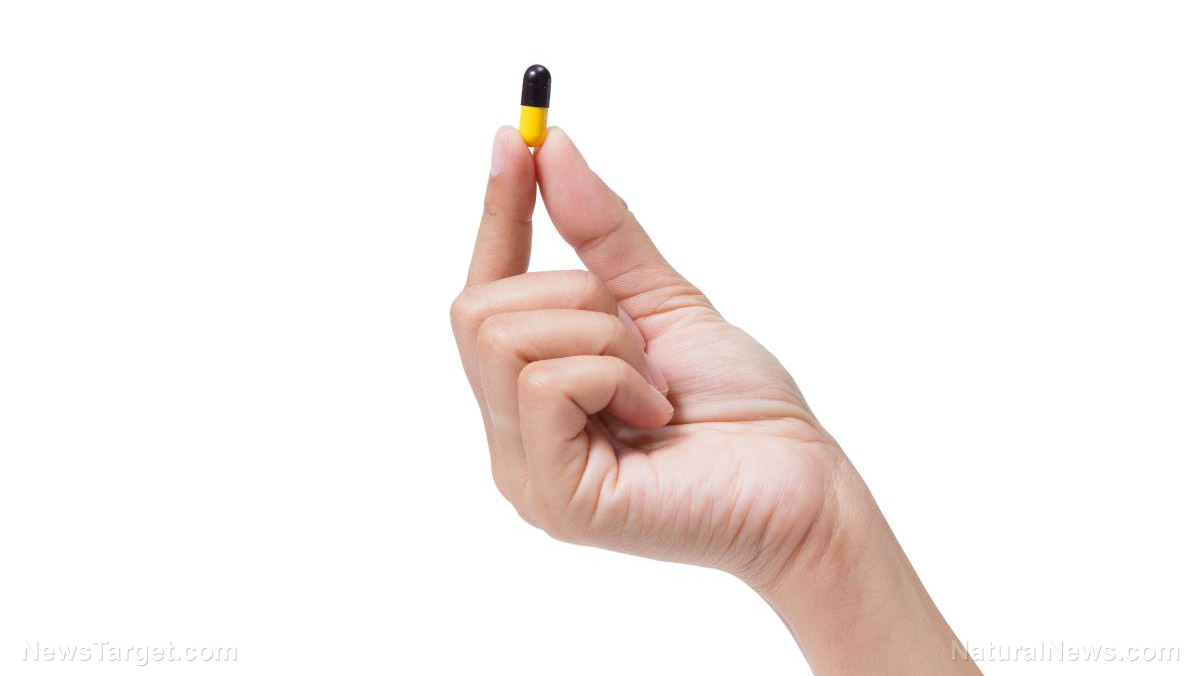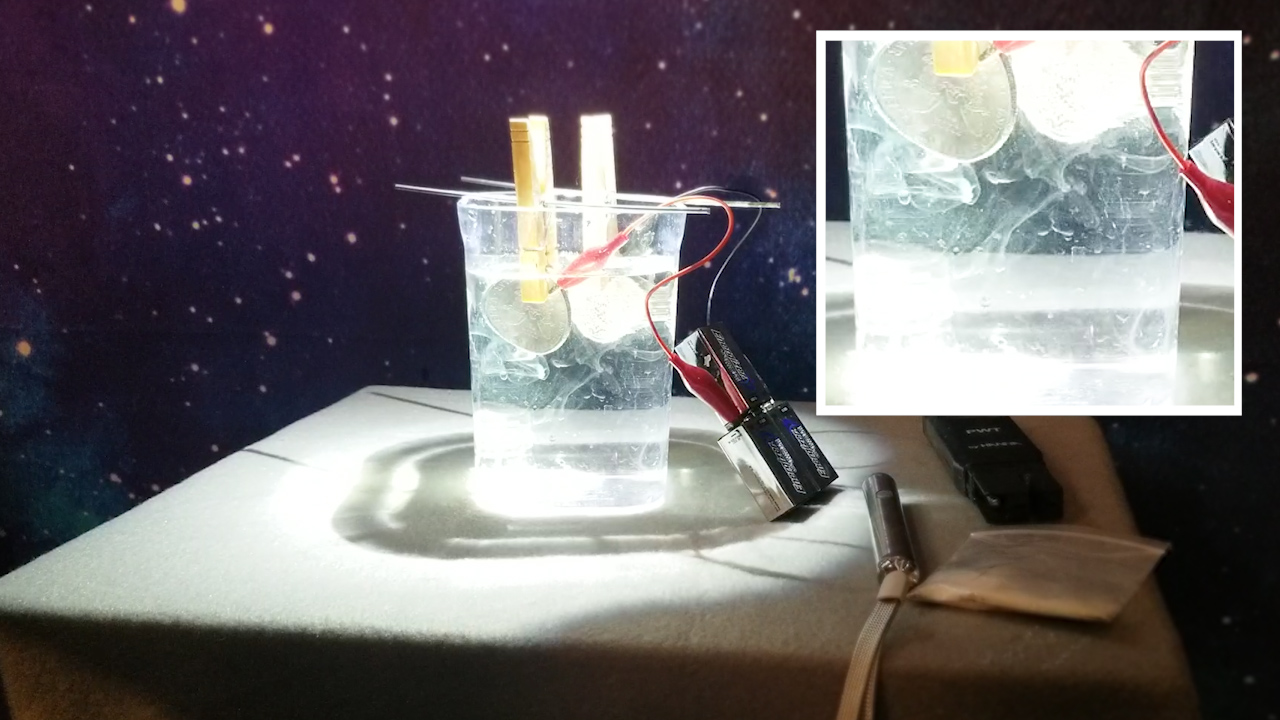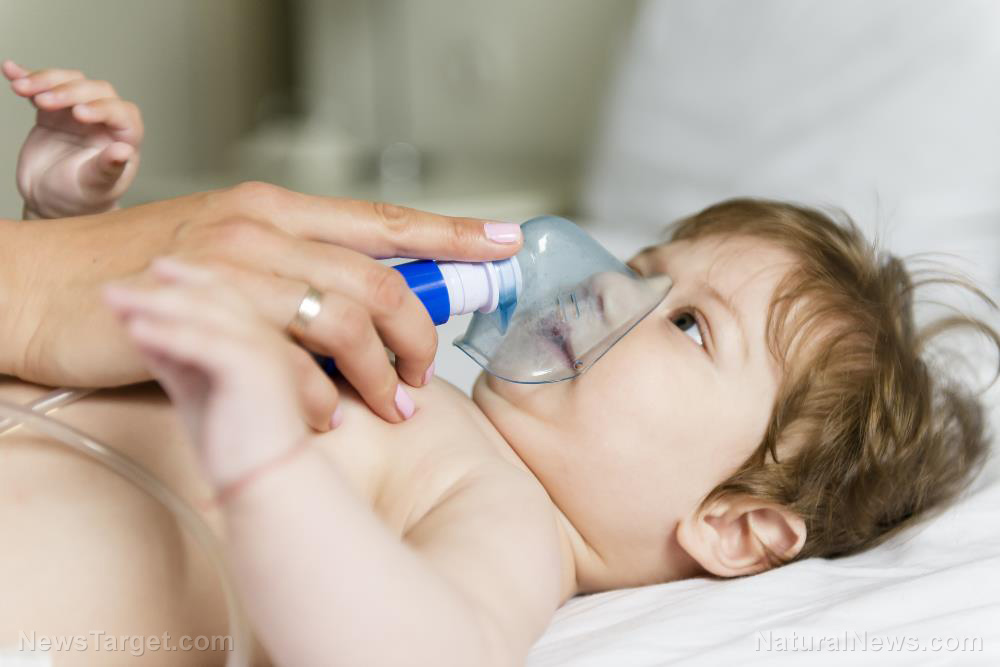
When society collapses after SHTF, medicines like antibiotics will be the first ones to go – making them expensive to come by. This can be terrible news, especially if you or a loved one becomes infected, and you don't have any in stock or have nothing to trade them for. If that happens, you can use fish antibiotics as a last resort, according to an article on Survival Sullivan.
Fish antibiotics are medicines designed to cure infections in, well, fish. One example is cephalexin, also known as Keflex. However, they are also sold in dosages for human use.
Prepper Megan Stewart shared her story about getting a bottle of cephalexin for her stockpile of SHTF supplies. Shortly after that, she suffered a painful tooth infection. After three days, the left side of her cheek and nose were badly swollen, although the inflammation also numbed the pain.
Stewart decided to test the fish antibiotics on herself and see if it worked on her tooth infection. She also wanted to know if it had serious side effects like allergic reactions. So, she looked up suggested dosages for human use and chose the 14-day treatment course.
It took three days for the effects to kick in and reduce the swelling, with the inflammation completely disappearing on the seventh day. While pain started to recur as the swelling subsided, this too was gone on the 11th day of treatment.
Stewart now had proof that fish antibiotics worked on tooth infections. She still recommended getting an analysis on the antibiotics and only changing medication if a health professional cleared it.
She also mentioned that she was perfectly healthy. While she didn't get any ill effects from taking fish antibiotics, Stewart reiterated that it was not for everyone and should be saved as a last resort. (Related: Botanical antimicrobials offer effective alternatives to synthetic antibiotics.)
Do's and don'ts of fish antibiotics
If you're going to stockpile fish antibiotics for SHTF situations, there are some important things you should know and do. Dosages for fish are very different from dosages for humans. Also, remember that fish antibiotics will never be perfectly effective for you because you're not a fish.
Check the ingredient list for any allergens. Get the fish antibiotic analyzed for additive fillers and other chemicals that are dangerous for humans, and make sure it has the amount of antibiotic it promised.
Ignore the fancy labeling. There's no such thing as "Pharmaceutical Grade," "USP Certified" has nothing to do with effectiveness, and "FDA Approved" for animals doesn't mean it's good for humans.
Pay attention to the manufacturer's expiration date. Most antibiotics are still safe to take after this date. (Tetracycline is an exception; for your liver's sake, don't take old pills.)
Certain antibiotics like cephalosporins (i.e., cephalexin, the fish antibiotic Stewart tested) and penicillin will cause stronger allergic reactions after expiration. This makes them a precarious choice to take in a SHTF survival situation.
Old antibiotics are also nowhere as effective as new ones. A weaker antibiotic might fail to eliminate the infection, which would become resistant to that medicine.
Store your fish antibiotics the right way
Store your fish antibiotics in air-tight containers at room temperatures from 59–86 F (15–30 C). Make sure neither the packaging nor the pills leach into each other.
Rotate your stockpile so that you use the oldest antibiotics first while the newer ones stay in storage. If the storage place gets too hot or cold, assume the medicines are compromised and get new stock as soon as possible.
Most liquid medications need to be stored in cold places. Once they expire, get rid of them.
Learn which drugs you should store – aside from fish antibiotics – when SHTF by following Preparedness.news today.
Sources include:
Please contact us for more information.





















